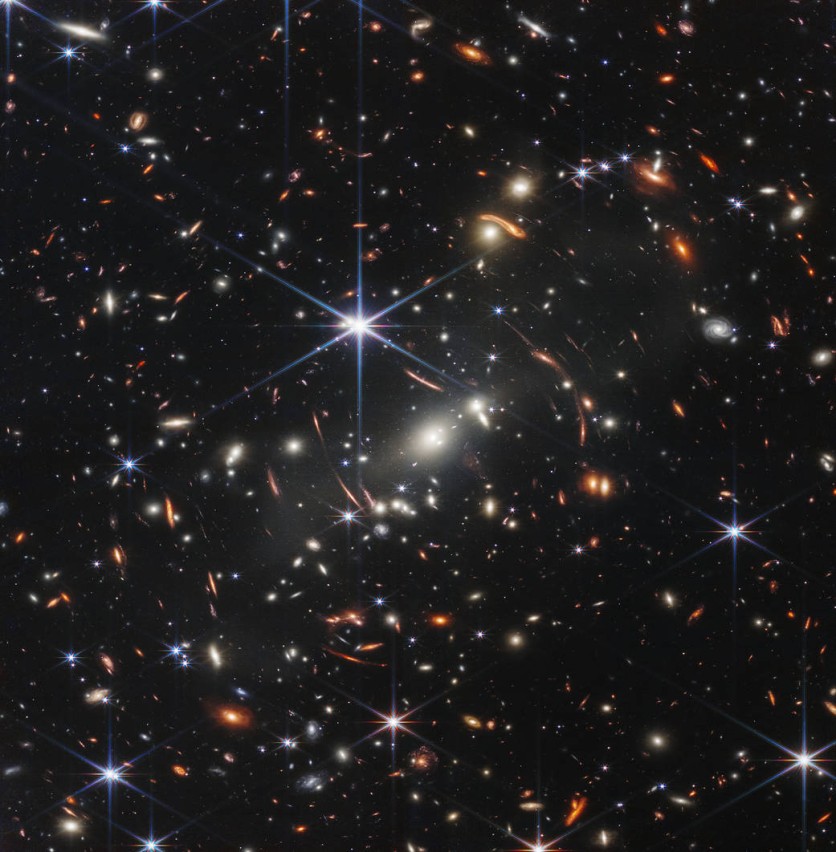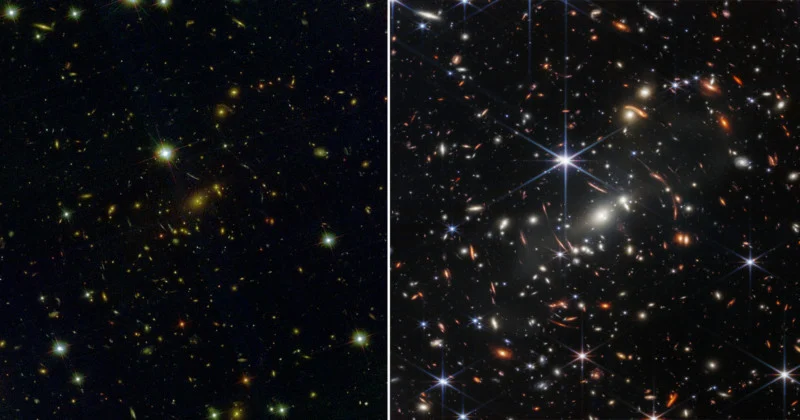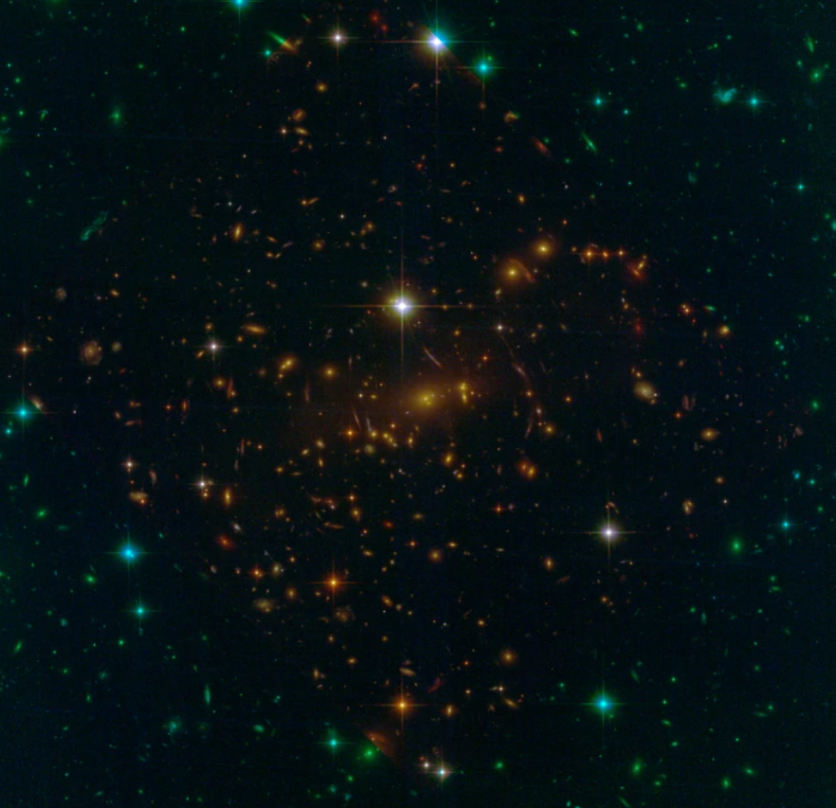Is James Webb Telescope's newly-released deepest image of the universe clearer and more detailed than the Hubble Space Telescope's photo of the galaxy field SMACS 0723?
NASA Webb has finally released its highly-anticipated first full-color photo. The long wait was most certainly worth it after unveiling a stunningly clear and magical image of a galaxy cluster!

Hubble vs. James Webb Telescope
When comparing Webb's image to the same area photographed by Hubble, it is literally "clear" how much more detail Webb's camera is capable of imaging.
Earlier today, July 12, Webb's first image was shown at a news briefing with NASA and US President Joe Biden. The image shows the SMACS 0723 galaxy field, which is found 4.6 billion light-years away!

This galaxy cluster's total mass works as a gravitational lens, enlarging much farther away galaxies in its trail. Webb's NIRCam has sharply defined these far-off galaxies; they contain tiny, faint objects that have never been observed previously, such as star clusters and hazy features, according to NASA.
As Webb searches for the universe's earliest galaxies, scientists will soon discover more about the galaxies' ages, histories, compositions, and masses.
What's even more fascinating is that this portion of the vast universe fills a piece of sky about the size of a grain of sand stretched out at arm's length!
Astronomers have already captured images of this region of the sky. SMACS 0723 was also imaged by Hubble, as shown in this image.

However, Webb's camera can clearly capture even the smallest and finest details in space. As a result, the sharpest and deepest infrared image of the far universe has been recorded thanks to Webb's superior resolution.
This deep field was captured by Webb's Near-Infrared Camera (NIRCam), which combined photos acquired at various wavelengths over the course of 12.5 hours. This allowed for infrared depths exceeding those of the Hubble Space Telescope's deepest fields, which required weeks to capture.
Best Space Scientific Observatory in the World
NASA boasts the James Webb Telescope as the best space scientific observatory in the world. It aims to look beyond our solar system to distant planets orbiting other stars and delve into the enigmatic architecture and origins of the cosmos and our role within it.
In particular, Webb's cosmic target list includes the Southern Ring Nebula, or "Eight-Burst Nebula; the brightest nebulae in the sky "Carina Nebula"; and the giant exoplanet floating outside the solar system 'WASP-96 b".
The new image is only one of the five photos that will be made public this week. It will be announced together with the other targets on Tuesday, July 12 at 10:30 AM EDT during a live NASA broadcast.
Webb is a global initiative run by NASA in conjunction with the Canadian Space Agency (CSA) and the European Space Agency (ESA).
Related Article : NASA James Webb's Cosmic Target List Revealed! Upcoming First Full-Color Images Include Carina Nebula and More
This article is owned by Tech Times
Written by Joaquin Victor Tacla
ⓒ 2025 TECHTIMES.com All rights reserved. Do not reproduce without permission.




